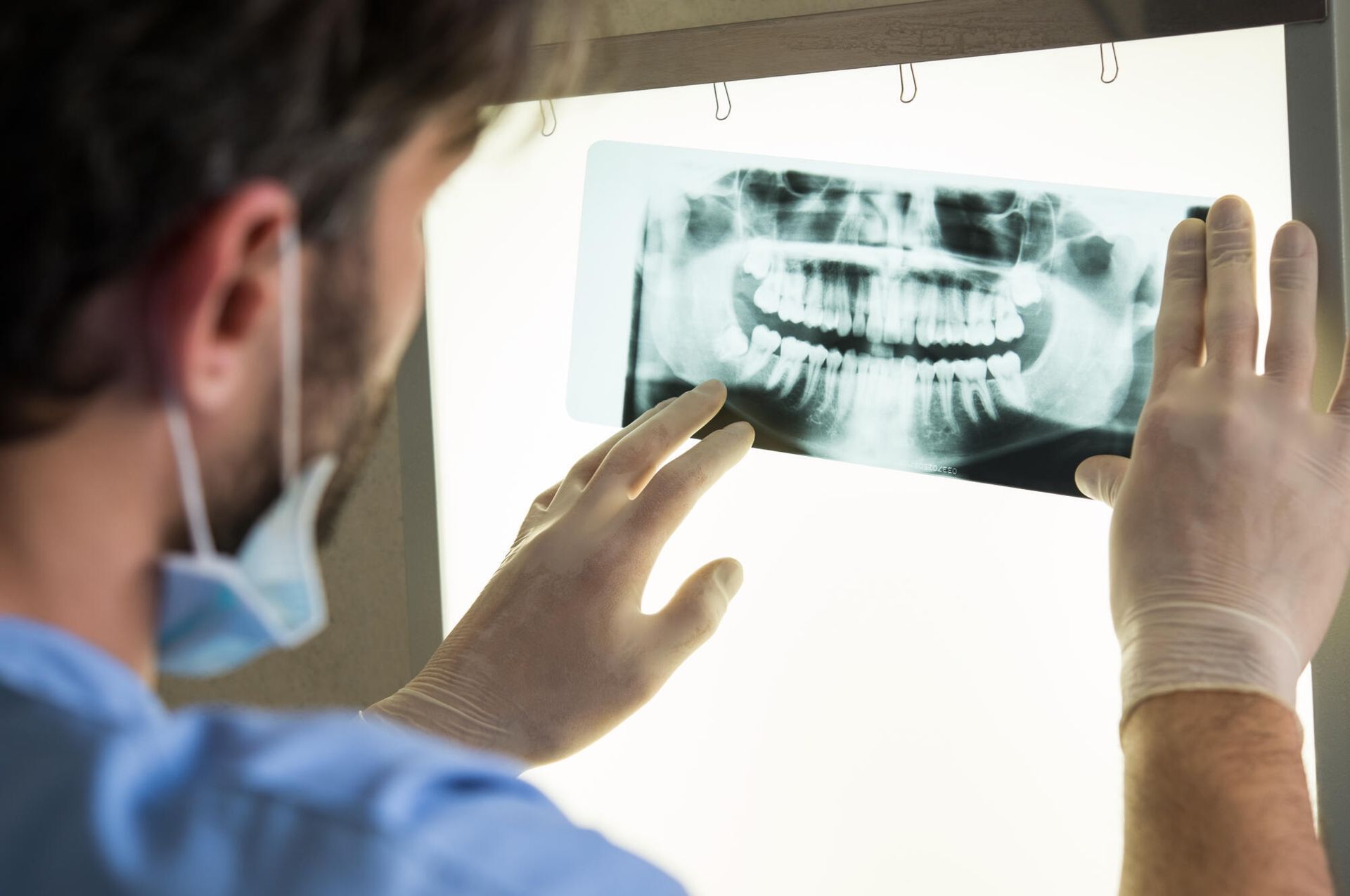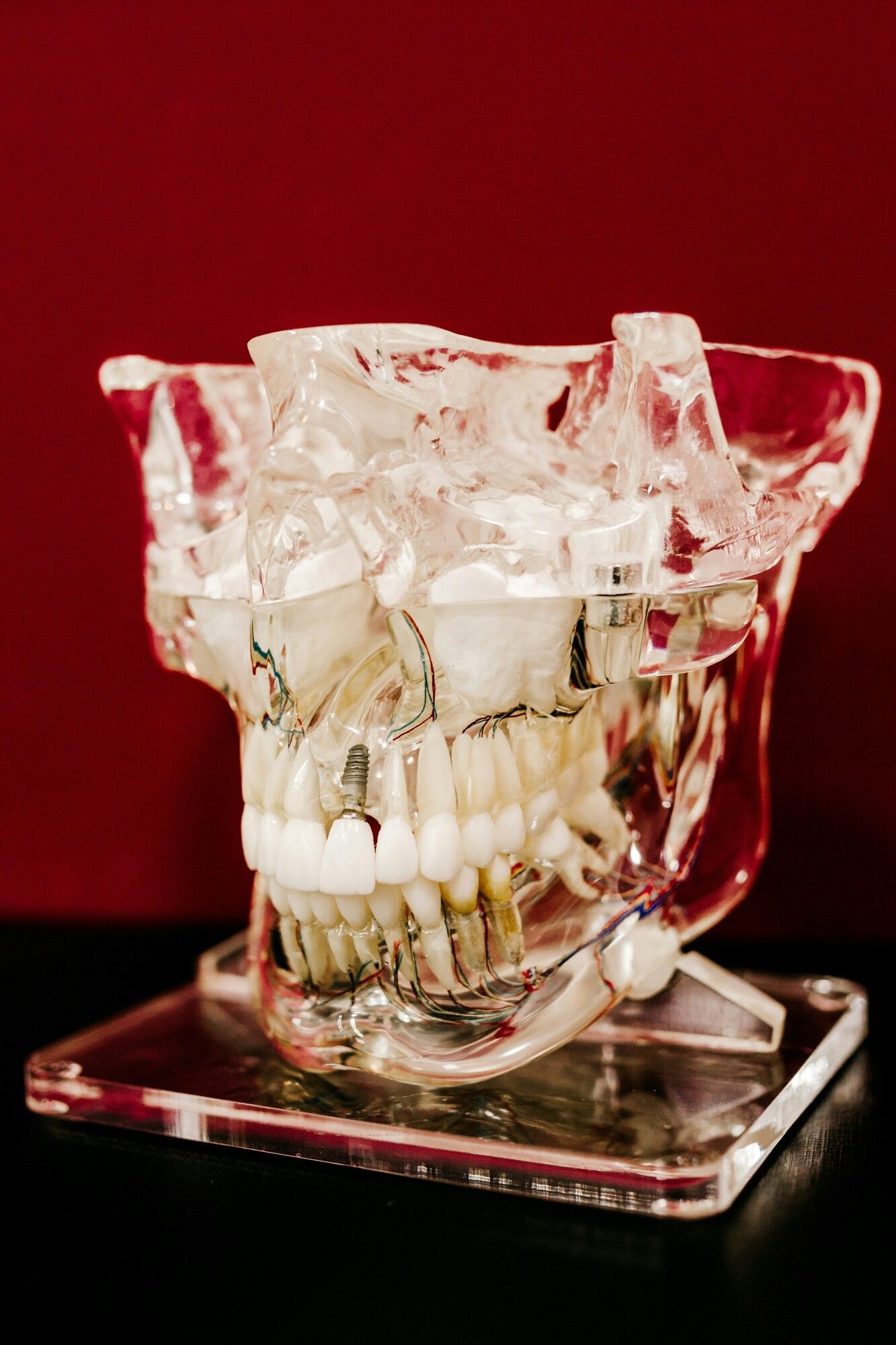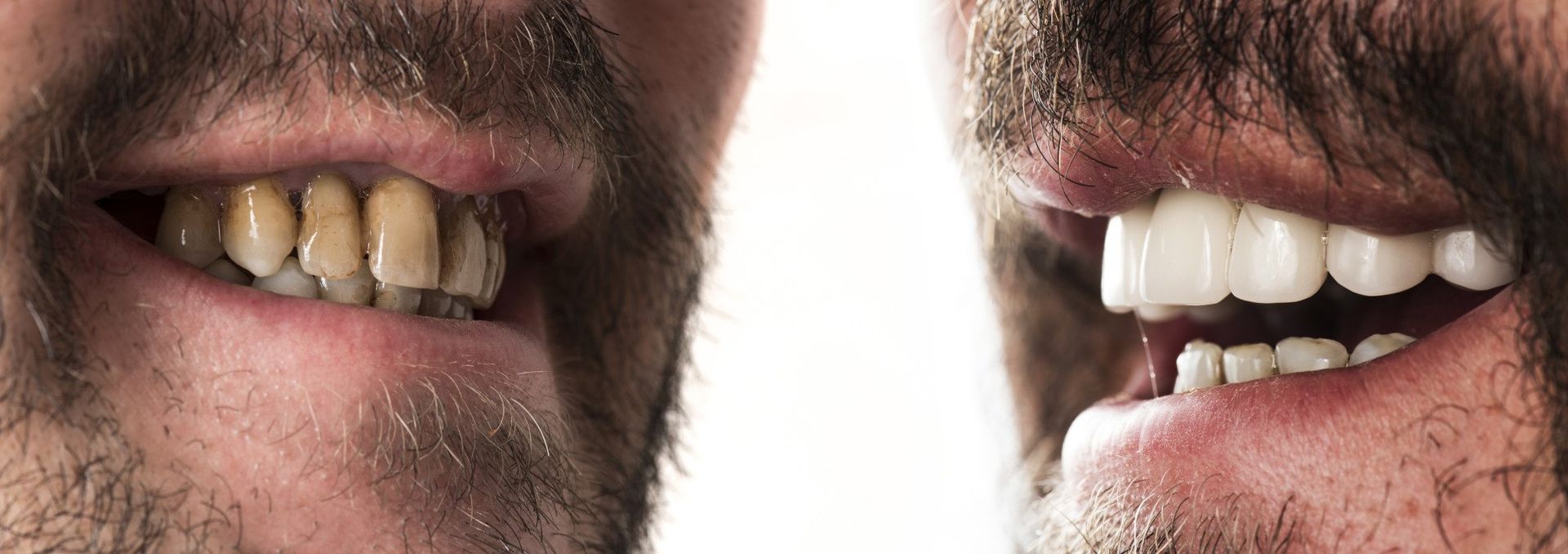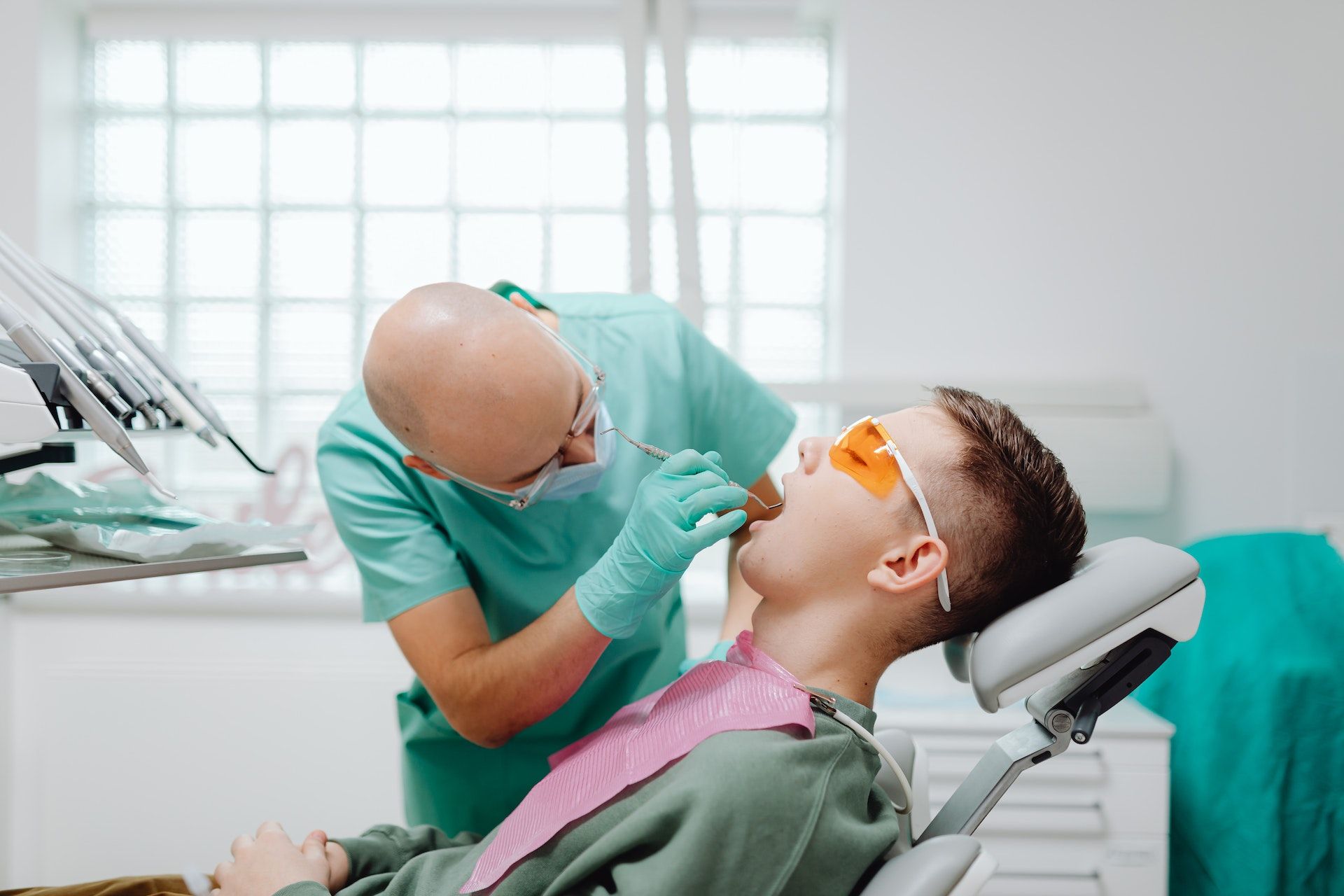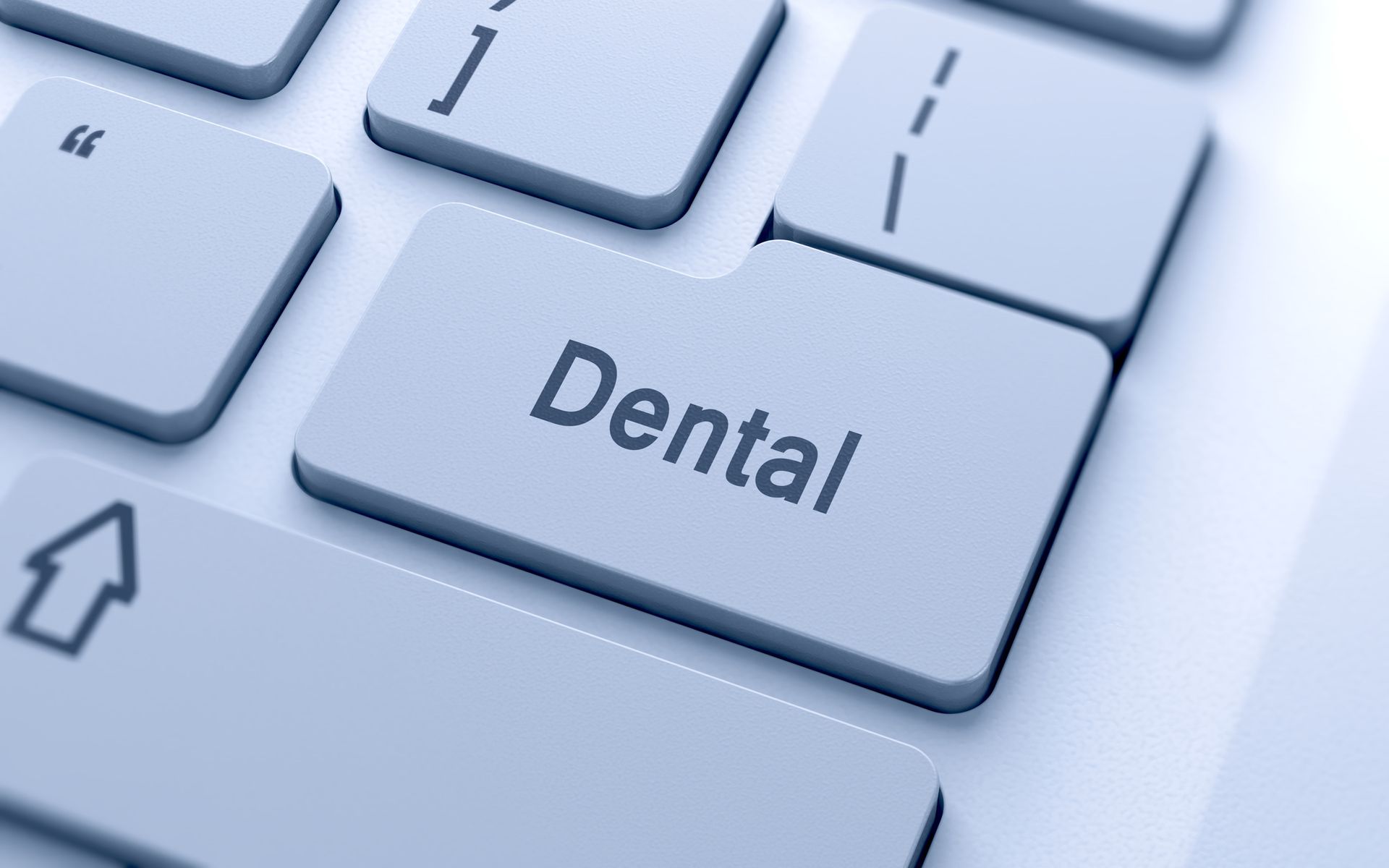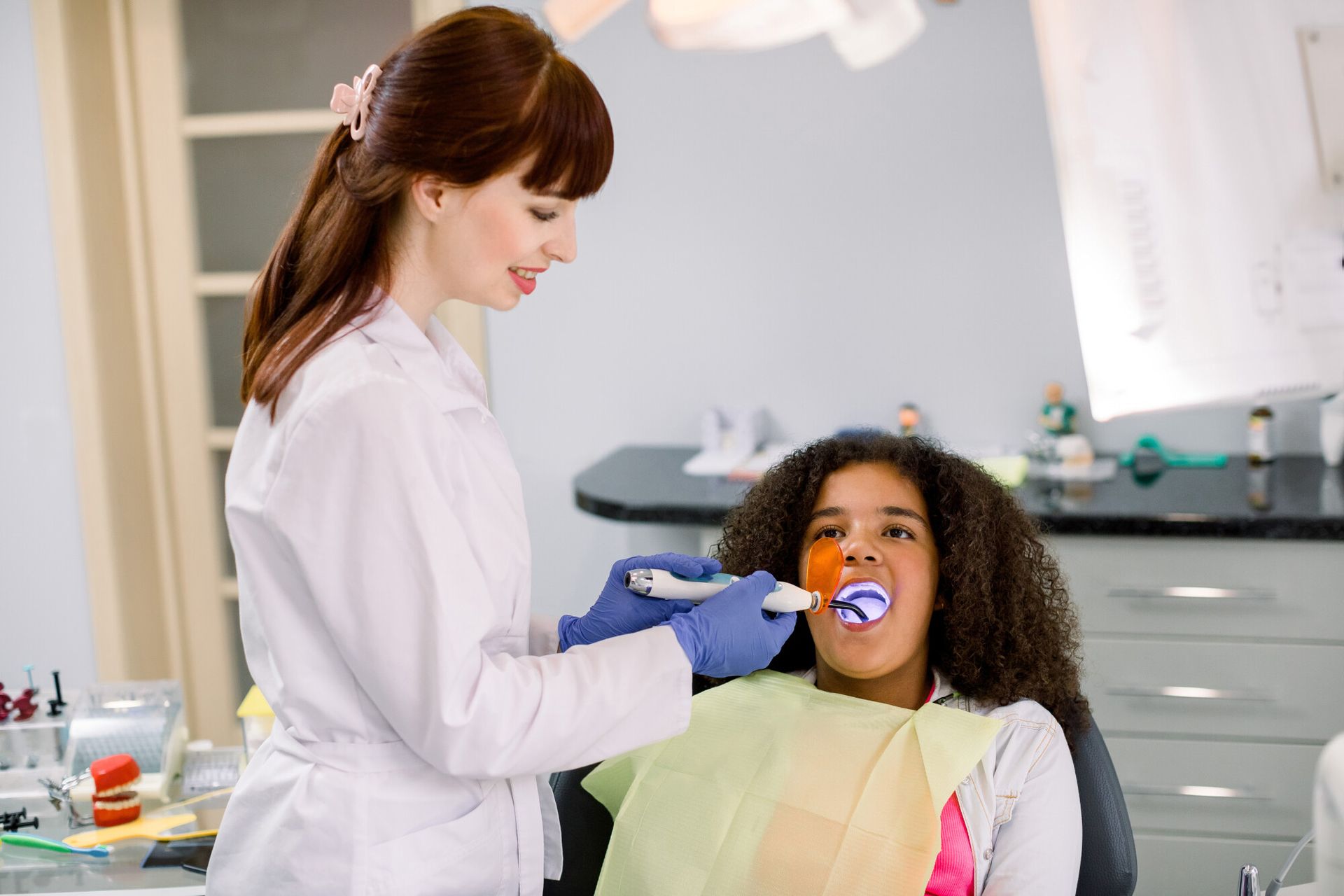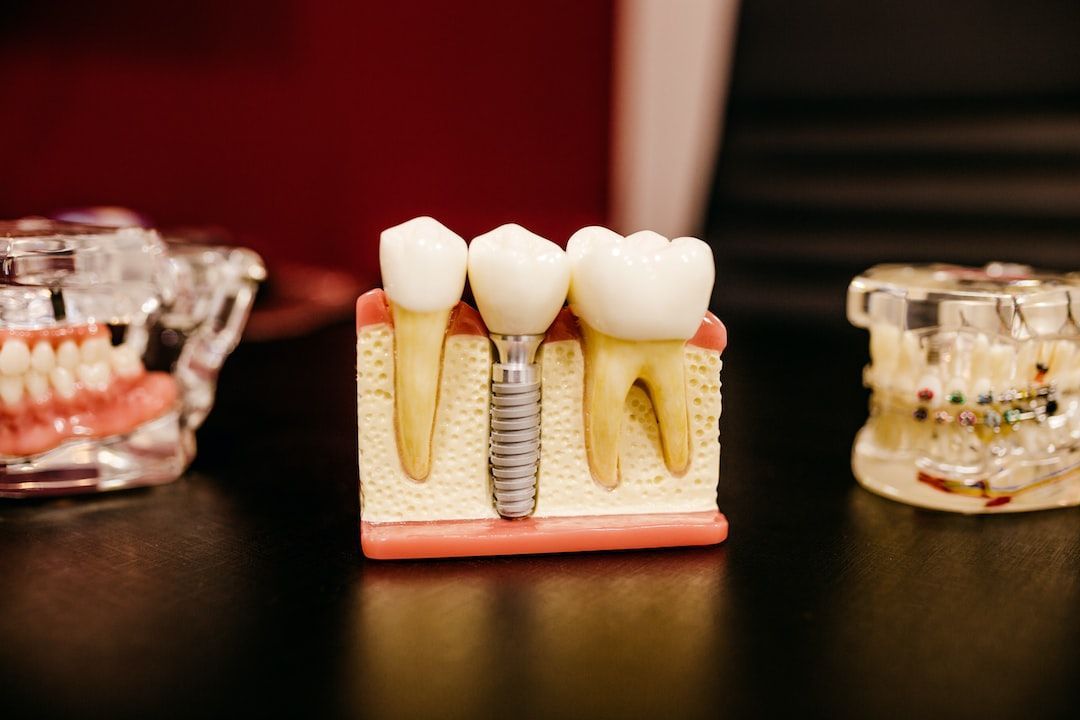West New York, NJ
(201) 865-5150
Teaneck, NJ
(201) 836-4400
Learn Why Dentists Need to Use Digital Impressions More
Digital impressions are the latest technological advancements in dentistry used to take images of patients’ teeth. Some procedures like dental crowns, veneer treatment, and Invisalign procedure require the dentist first to have a mold of your teeth.
Traditionally, dentists use some casing materials to take your dental impressions, creating a negative imprint on your teeth, which later makes a positive image replica. However, digital prints ensure that the dentist near you can take virtual impressions of the teeth and soft tissues of the mouth using special optical scanning devices.
Compared to traditional methods, digital impressions provide superior accuracy, and the process is completed in minutes. It also has minimum discomfort to the patient.
What Does the Procedure Involve?
Digital impressions technology is of two types. First is an image-based technology that involves taking digital photographs sent to the laboratory for processing. The second consists in taking images in the form of digital videos.
The dentist near you uses laser scanning, where concentrated light beams are focused on the teeth and gums, capturing the dental structures in precise detail. The good thing about this method is that no unpleasant materials are placed inside the patient’s mouth.
Second, the dentist can use digital optical scanners on your internal tooth structures. This is also highly accurate, but the dentist at Complete Dental Works (Teaneck) has to spray a special powder to ensure that all parts that need to be taken an impression are accurately captured.
What Does the Digital Impressions Procedure Involve?
First, your dentist ensures that the treatment area is free of saliva and blood and later anesthetizes it. The teeth are then lightly dusted using a special titanium dioxide powder. This enables them to scan both bites and their edges.
Some systems like the Cadent iTero allow the dentist to take your teeth’ impressions without the need for powder by creating a 3-D image of the teeth.
To capture the digital impression image, your dentist inserts an intraoral wand in your mouth and gently moves it along your teeth’ surface area. The live images are displayed on a chairside monitor to show the progress as it’s captured.
Some digital impression systems also use a point-on-click technique to create the impression. Images recorded are pieced together to make the final impression.
The only system using a 3D-real time video capture is the Lava C.O.S system. The live images of the video get displayed on a touch screen monitor. The video capture system produces the final digital impression with no need to piece data together.
After tooth preparation, the digital impression process lasts for about a minute and a half, and only 45 seconds to capture the opposite arch’s impression.
Benefits of Digital Impressions to Traditional Impressions
Real-Time Feedback
Perhaps the most significant benefit of digital impressions in Teaneck is that it gives real-time feedback as the dentist takes images. Images and errors are immediately spotted and corrected amid the scanning process.
Better Workflow
You do not need to create traditional impressions when using a digital technique. It saves both the dentist’s and patient’s time, and the process is generally smoother and comfortable. Digital impression systems also save on the cost of having to use traditional impression materials and sterilizing trays.
Quicker Turnaround Times
You will send impressions to the lab much quicker when using digital impressions than with traditional impressions. Digital impressions are sent to the lab within seconds. Additionally, more information and detail are captured digitally—for instance, information about margins and edges that traditional prints won’t record.
It also involves less trimming when shaping the margins, as they are marked digitally. This allows the dentist to start on cases earlier and complete them faster, as they have more control of each case’s length.
Fewer Remakes
Human error is unavoidable in most of the work we do. However, when using digital techniques in the practices, human error is significantly reduced, which minimizes the rate of remakes as with traditional impressions. This is advantageous to everyone involved in the remaking process.
Patient Care
Keeping the process simple and comfortable is the ultimate goal for any practice. With digital impressions, there is an improved workflow, faster turnaround times, and generally fewer mistakes. This means less waiting times for patients and a better experience during the whole impression-taking process.
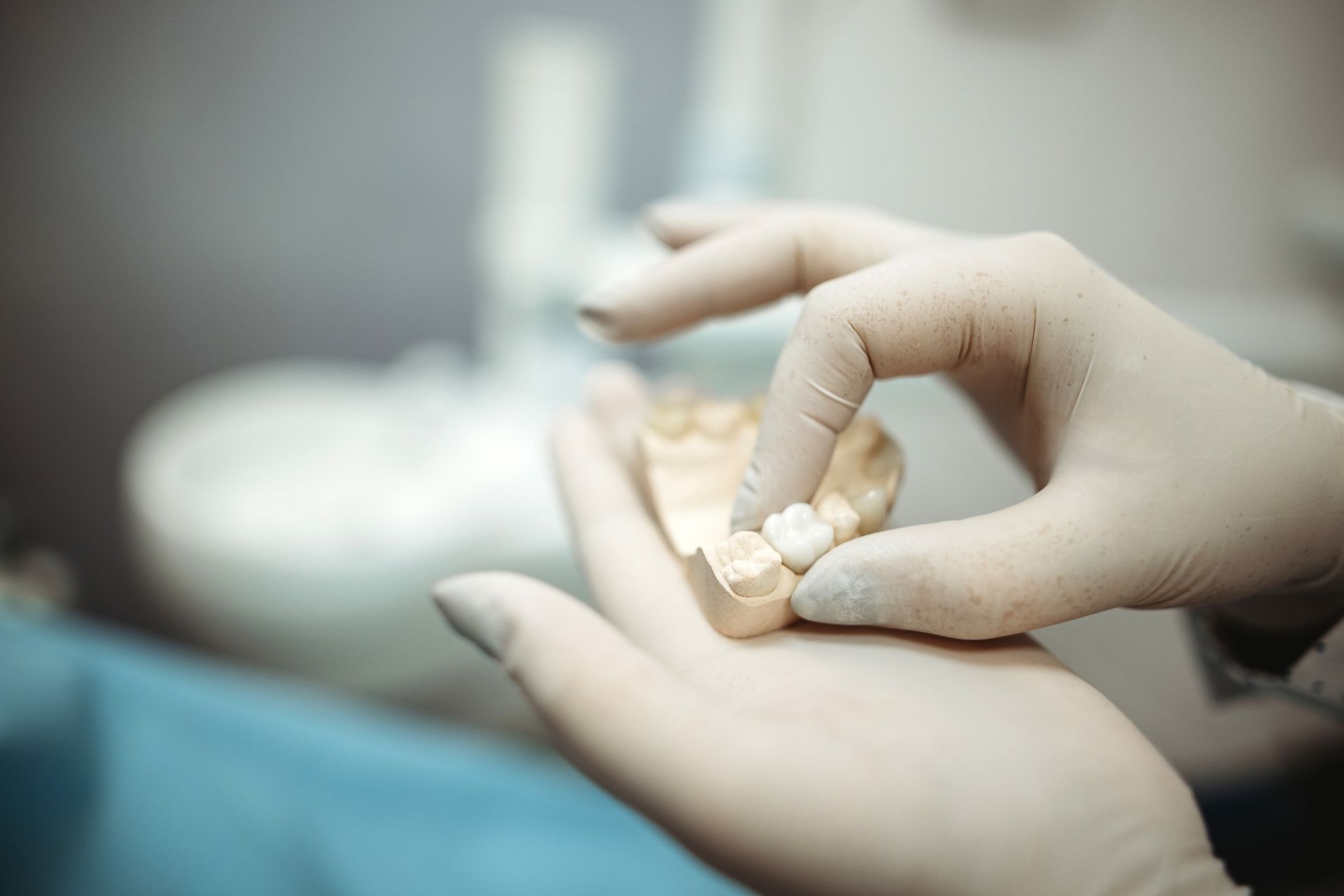
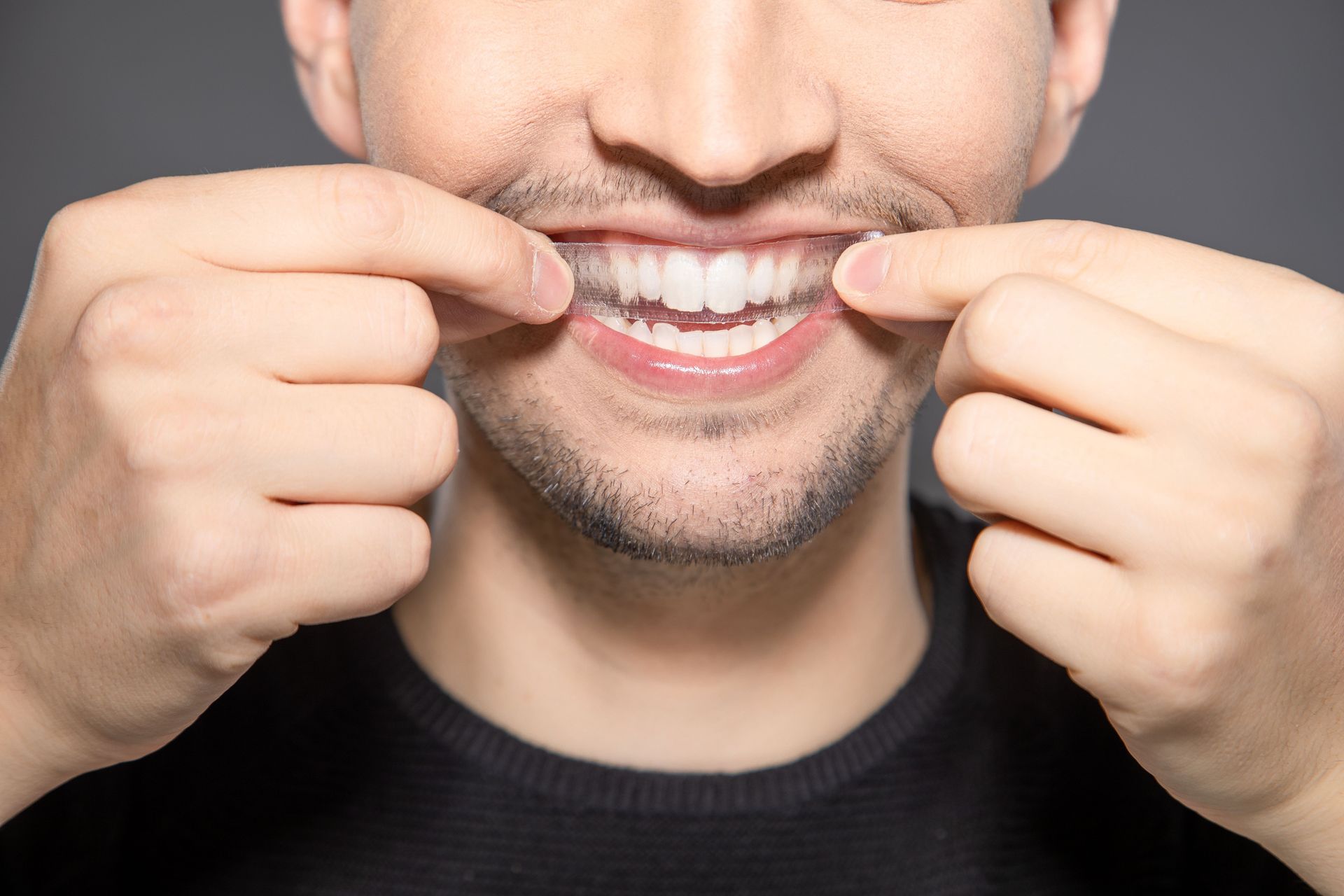
All Rights Reserved | Complete Dental Works
Website designed and maintained by Xpress, INC
201-468-6207



